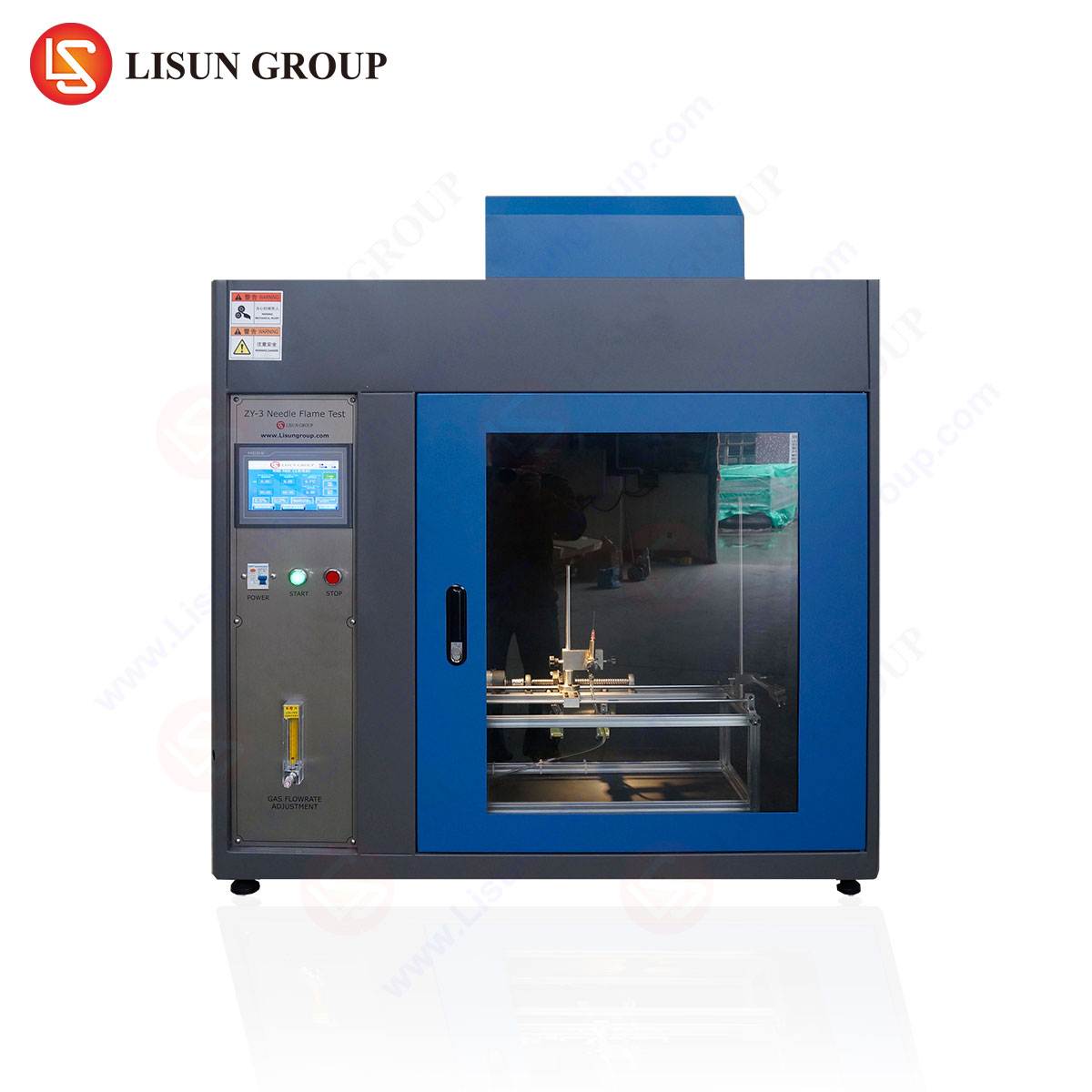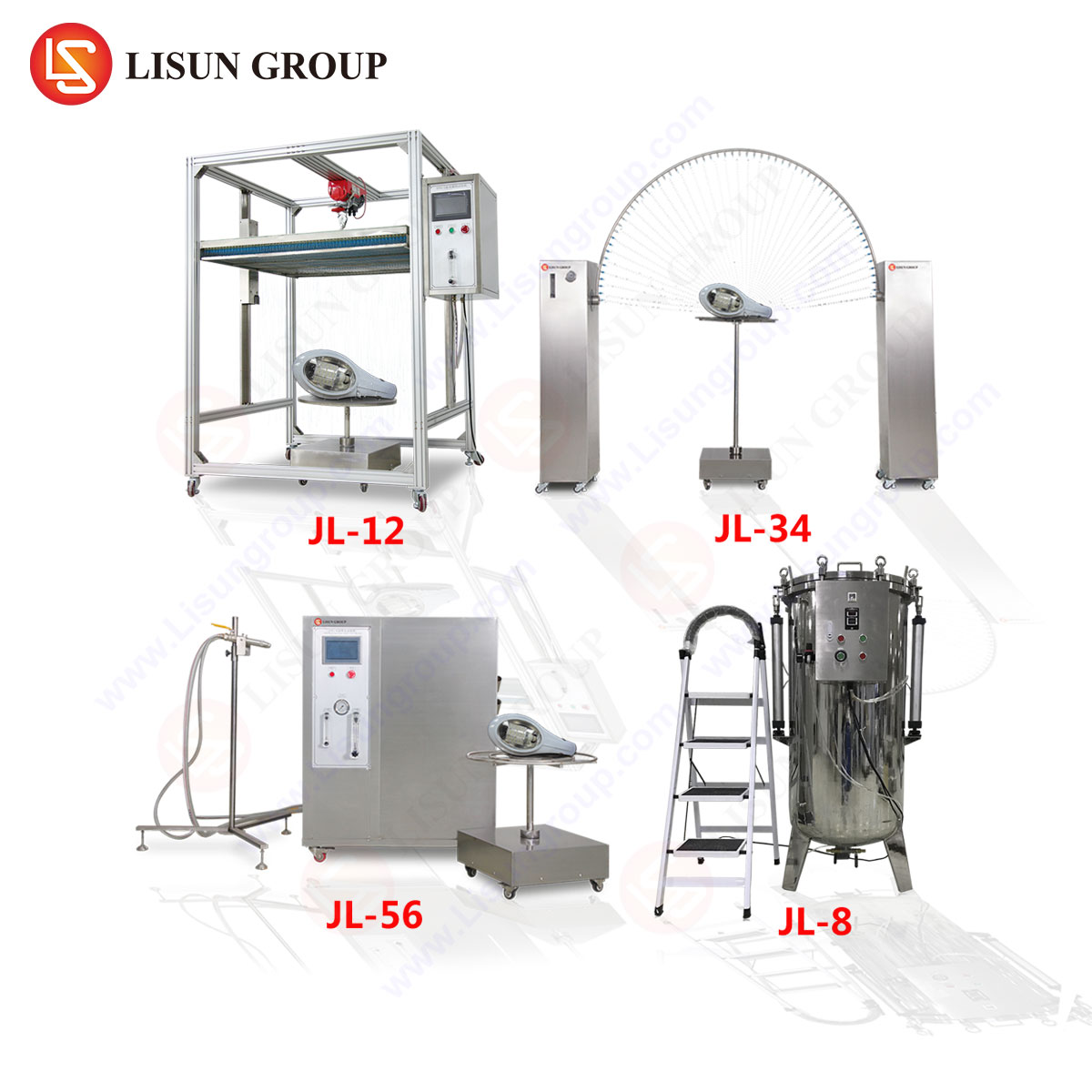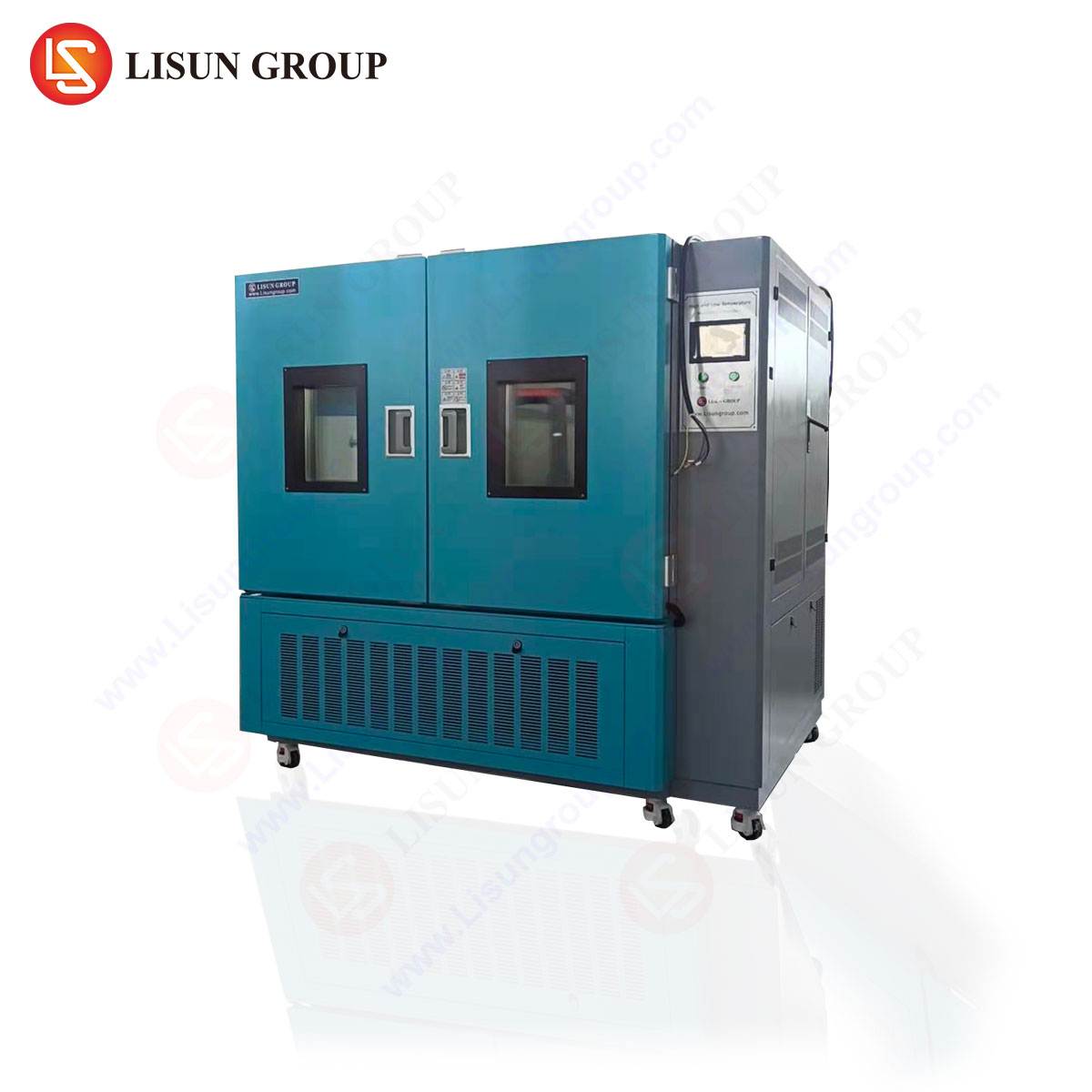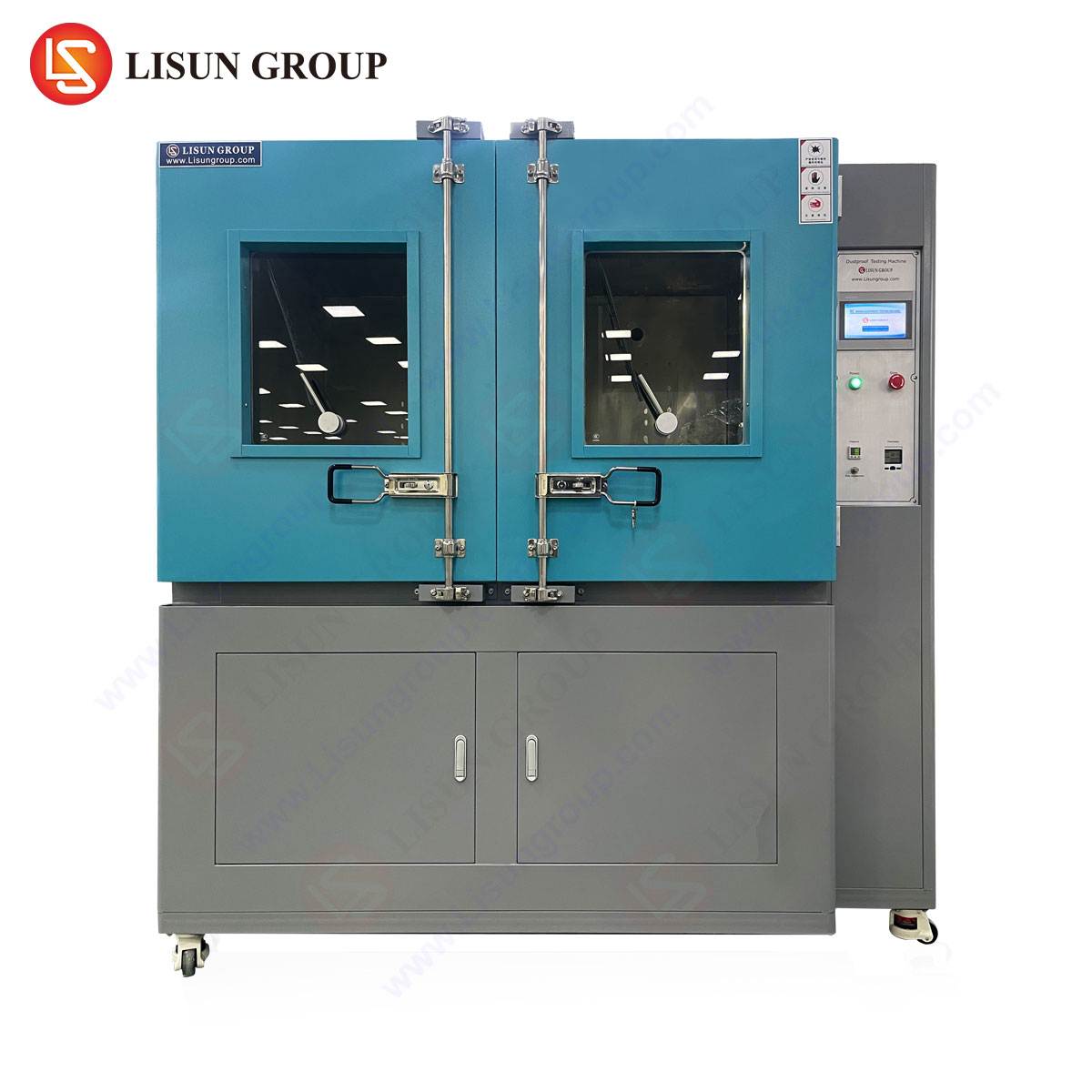The Importance of Water Resistance in Modern Electronics
Water resistance testing is a critical evaluation process for ensuring the reliability and durability of electronic and electrical components across multiple industries. Exposure to moisture, humidity, or direct water ingress can lead to corrosion, short circuits, and catastrophic failure in sensitive equipment. Industries such as automotive electronics, medical devices, and telecommunications demand stringent water resistance validation to comply with international standards and maintain operational integrity in harsh environments.
The increasing complexity of electronic enclosures, coupled with the demand for miniaturization, necessitates precise and repeatable testing methodologies. This article examines the scientific principles behind water resistance testing, relevant industry standards, and the role of advanced testing equipment such as the LISUN JL-56 Water Resistance Tester in ensuring product compliance.
Fundamental Principles of Water Resistance Testing
Water resistance testing evaluates a product’s ability to withstand exposure to water under controlled conditions. The primary mechanisms assessed include:
- Ingress Protection (IP) Ratings: Defined by IEC 60529, IP ratings classify the degree of protection against solid particles (first digit) and liquids (second digit). For water resistance, common classifications include IPX4 (splash resistance), IPX7 (immersion up to 1 meter), and IPX8 (continuous submersion under specified conditions).
- Hydrostatic Pressure Resistance: Critical for deep-water applications, this test measures the ability of sealed enclosures to withstand water pressure without leakage.
- Spray and Splash Simulation: Utilizes controlled water jets or oscillating nozzles to replicate rain or splashing conditions.
The LISUN JL-56 employs precision nozzles and programmable pressure controls to simulate these conditions, ensuring accurate and repeatable results.
Industry Standards Governing Water Resistance Testing
Compliance with international standards is mandatory for manufacturers seeking global market access. Key standards include:
- IEC 60529 (IP Code): Defines ingress protection levels for enclosures.
- ISO 20653 (Road Vehicles – Degrees of Protection): Specific to automotive components.
- MIL-STD-810G (Environmental Engineering Considerations): Military-grade testing for extreme conditions.
- ANSI/AAMI EC11 (Medical Electrical Equipment): Ensures medical devices resist sterilization and cleaning processes.
The JL-56 is designed to meet these standards, featuring adjustable flow rates (10–100 L/min) and pressure ranges (0–100 kPa) to accommodate diverse testing requirements.
Applications Across Key Industries
Automotive Electronics
Modern vehicles incorporate sensitive electronics in engine control units (ECUs), infotainment systems, and ADAS (Advanced Driver Assistance Systems). Water resistance testing ensures these components withstand road spray, car washes, and submersion in flood conditions. The JL-56’s programmable spray angles (0°–180°) allow simulation of real-world exposure scenarios.
Medical Devices
Portable diagnostic equipment and surgical tools must endure frequent sterilization and accidental spills. IPX7 and IPX8 testing validate their resilience, with the JL-56 providing precise immersion depth controls (±1 mm accuracy).
Telecommunications Equipment
Outdoor fiber optic enclosures and 5G base stations require IP65 or higher ratings to resist heavy rain and humidity. The JL-56’s corrosion-resistant stainless steel construction ensures long-term reliability in high-volume testing environments.
Technical Specifications of the LISUN JL-56 Water Resistance Tester
| Parameter | Specification |
|---|---|
| Water Flow Rate | 10–100 L/min (adjustable) |
| Pressure Range | 0–100 kPa (programmable) |
| Nozzle Configuration | 6 interchangeable nozzles (ISO 20653 compliant) |
| Test Chamber Dimensions | 800 × 800 × 800 mm (customizable) |
| Control System | PLC-based with HMI touchscreen |
| Compliance Standards | IEC 60529, ISO 20653, MIL-STD-810G |
Competitive Advantages of the JL-56
- Precision Control: Digital pressure and flow regulation minimize test variability.
- Modular Design: Expandable test chambers accommodate large or irregularly shaped components.
- Automated Reporting: Integrated software generates compliance documentation aligned with ISO 17025 requirements.
- Durability: Constructed with 316L stainless steel for resistance to salt spray and deionized water.
Case Study: Validating IP68 Compliance in Industrial Sensors
A manufacturer of submersible pressure sensors utilized the JL-56 to validate IP68 compliance (continuous immersion at 2 meters for 24 hours). The tester’s real-time leak detection system identified a faulty gasket seal in 12% of production units, preventing field failures in offshore oil rig applications.
Frequently Asked Questions
Q1: What distinguishes IPX7 from IPX8 testing?
IPX7 certifies temporary immersion (1 meter for 30 minutes), while IPX8 requires continuous submersion under manufacturer-specified conditions (e.g., 3 meters for 24 hours).
Q2: Can the JL-56 simulate saltwater exposure?
Yes, optional saline solution tanks enable corrosion resistance testing per ASTM B117.
Q3: How does the JL-56 ensure consistent spray distribution?
Laser-calibrated nozzles and automated oscillation maintain uniform water coverage across test samples.
Q4: Is the tester compatible with high-voltage components?
The JL-56’s insulated test chamber supports live electrical testing up to 1,000V (with optional safety interlocks).
Q5: What maintenance is required for long-term accuracy?
Monthly calibration of pressure sensors and nozzle wear inspection are recommended per the operator manual.







